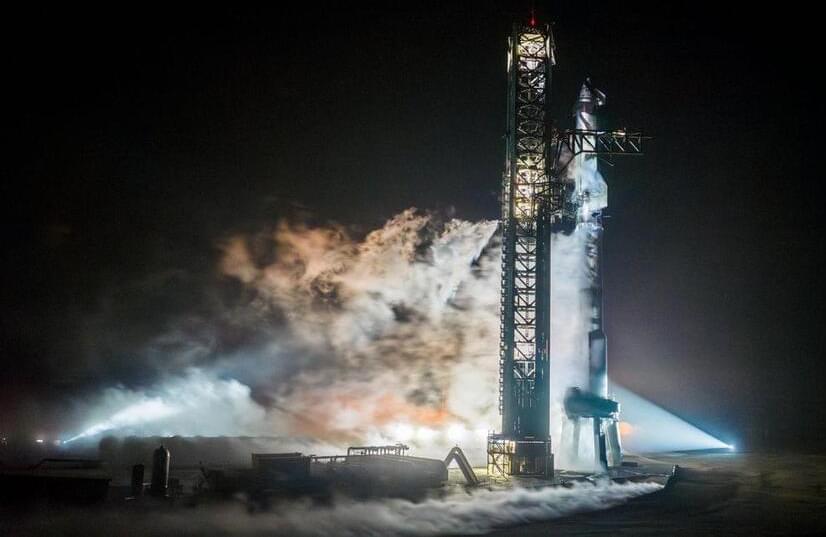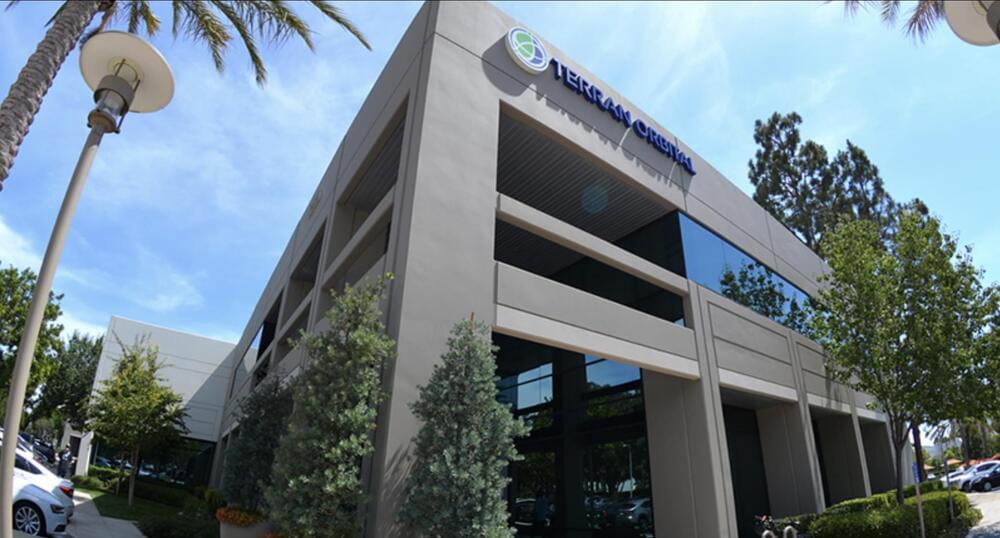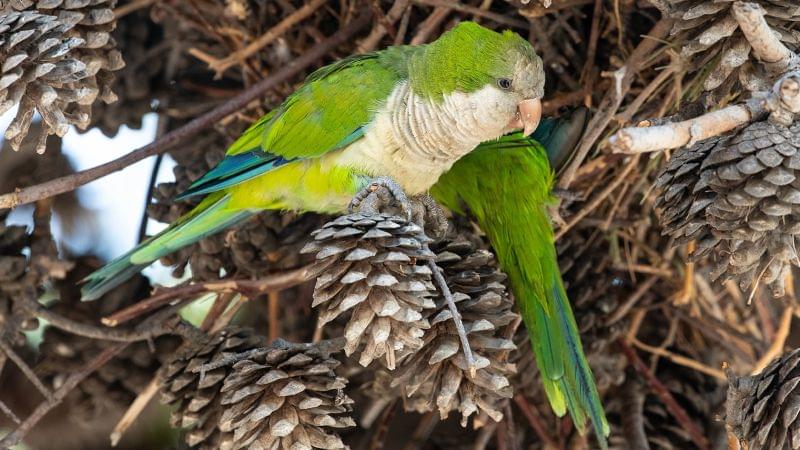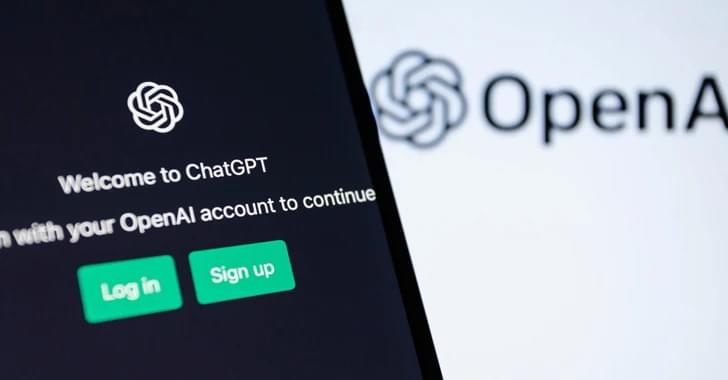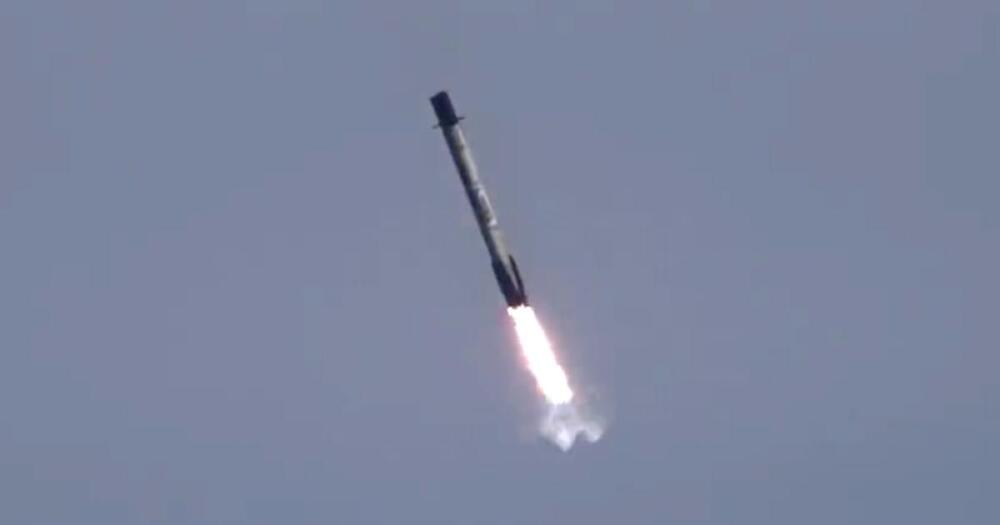SpaceX’s next Starship to fly has passed a critical fueling test, setting the stage for a highly anticipated third launch attempt of the world’s biggest rocket.
The gleaming, stainless-steel Starship rocket and its Super Heavy booster, which together stand 400 feet tall (122 meters), were filled with more than 10 million pounds of liquid methane and liquid oxygen propellant during the recent launch dress rehearsal, which was performed at SpaceX’s Starbase facility near Boca Chica Beach in southern Texas.
